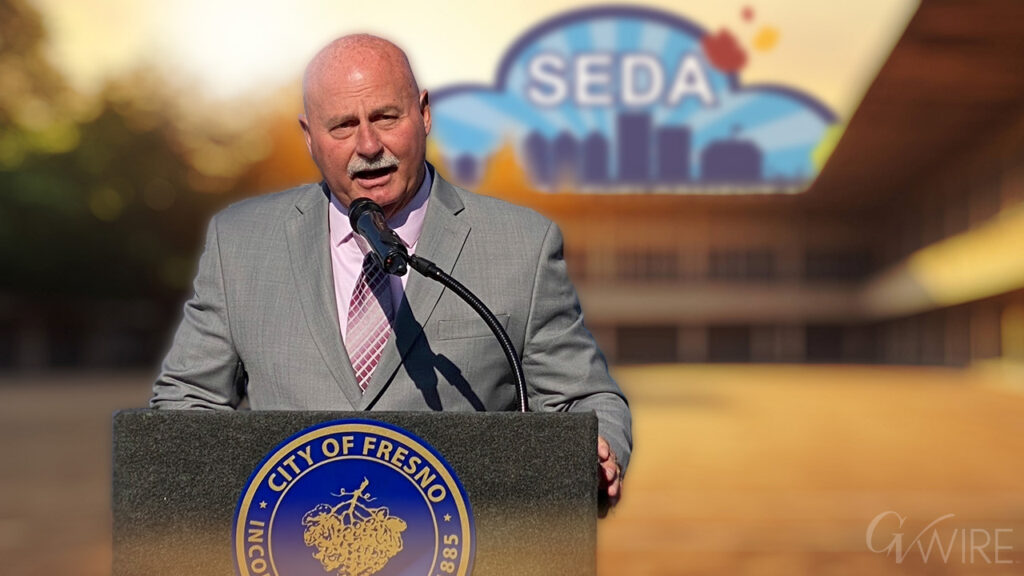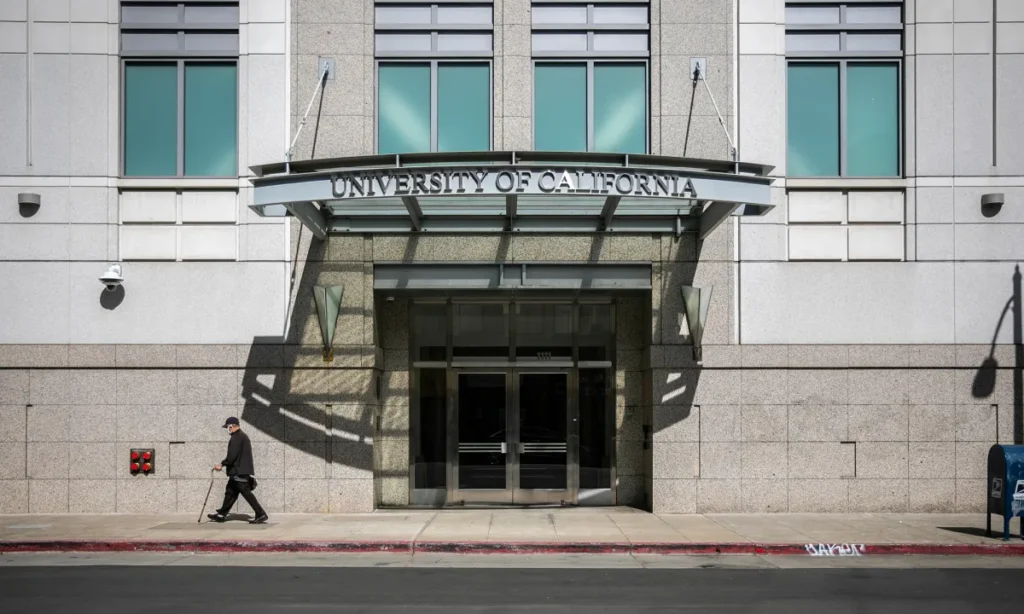Share
The San Joaquin River Conservancy Board could expand under proposed legislation from Assemblyman Joaquin Arambula.
The 15-member board — its membership comprised of elected officials from Fresno and Madera, along with appointees from state agencies and the public — sets policy and manages lands for the river parkway from Highway 99 to the Friant Dam.
Arambula’s plan — AB 559 — would add two new members, for 17 total. One new member would represent a local tribal organization; a second would represent “statewide interests” without any specific residency requirements. Both would be appointed by the governor.
Board Leaders Mixed; Supervisors Oppose
Fresno City Councilman Mike Karbassi serves as the SJRC board chairman.
“At first glance I feel that it is superfluous. Our organization makes every effort to have an open meeting process and partner with community benefit organizations. I think it makes assumptions which do not exist and I can’t quite figure out what problem it’s trying to solve,” Karbassi said via text message.
At its meeting on Tuesday, the Fresno County Board of Supervisors voted to oppose AB 559. Board Chairman Steve Brandau said Arambula’s district does not include the SJRC jurisdiction.
Arambula, D-Fresno, said his constituents are impacted by the SJRC board.
“The decisions of the board should be guided in an equitable manner by those impacted by the decisions of the Conservancy,” Arambula said in a state analysis of the bill. “AB 559 adds that equitable voice to the conversation by updating the selection criteria for the public seats to represent both the broad geographic space the San Joaquin River Parkway will serve, but also the severe disparities in greenspace access.”
At times, the board had been dragged down in bureaucracy. A plan to expand river access and add a parking lot was decades in the planning and took years for a final vote.
“The more people you put on these boards, the more challenging it could be to get to yes or get to an area of agreement,” Brandau said.
John Shelton, the agency’s executive officer, says that is more of the exception than the rule.
Madera Mayor Santos Garcia, who serves on the SJRC board, supports Arambula’s changes. He says the river belongs to the entire region.
“I’m used to being on boards and commissions and other nonprofit organizations where you have a lot of people of different backgrounds, different cultures, all interacting for the good of our communities,” Santos said.
Santos says the more voices, the better.
“We don’t have a bureaucracy on the board that we have in other institutions. So I welcome the idea of including more people on the board and expanding it. Because really, if you look at the San Joaquin River, it’s a regional resource,” Santos said.
Board Makeup
The current 15 member board consists of four elected officials, two members from regional water-related boards, six members representing several state agencies, and three members of the public appointed by the governor.
Shelton says expansion has pluses and minuses.
“It makes it a little bit more difficult to find space for such a big board. But really, all it does is, I think, is makes our board more inclusive,” Shelton said.
The elected members includes one member each from the Fresno County Board of Supervisors, Fresno City Council, Madera Board of Supervisors and Madera City Council.
Another aspect of Arambula’s law would change the selection of the chair of the board. Instead of rotating it among the four elected members, any member could serve through a vote of the board.
Brandau says doing so would erode local control.
“We should probably always have the chair of the board be one of the four electeds which rotates back and forth between Fresno and Madera,” Brandau said.
The three citizen members are nominated by the Fresno City Council and the Fresno and Madera supervisors respectively. They are then appointed by the governor.
AB 559 would change the criteria for nominations. Currently, nominees from the boards of supervisors alternate between a land owner and a member of an environmental group. The change would require the nominees to be from a nonprofit “that support outdoor recreation, conservation, environmental justice, or social justice issues.”
Representatives from the state agencies would remain unchanged.
Public Representative Terms Expired
The three members representing the public through gubernatorial appointment — Bryn Forhan (city of Fresno) and Paul Gibson (Fresno County) as well as a vacant position from Madera County — saw their terms expire at the end of 2020.
They can continue to serve until their replacement has been appointed.
On March 9, Fresno County nominated Ginny Hovsepian — a former Clovis Unified School District trustee — to the SJRC board.
Madera County received seven applications to serve:
- Brittany Dyer (American Forests)
- Andre Sanchez (Latino Outdoors)
- Terry Dolph, Gordon Kennedy, Mike Westley (San Joaquin River Parkway and Trust)
- Leslie Lipton (Sequoia Chapter – California Native Plant Society)
- Andre Sanchez (U.S. Green Building Council, Central California Chapter)
Shelton said the governor’s office in the past rejected a Madera County pick when they only nominated one person. He is unsure how the process will play out with Fresno County’s lone nomination.
Wednesday Hearing
Arambula presented AB 559 to the Assembly Natural Resources Committee on Wednesday. Shelton, and Sharon Weaver of the San Joaquin River Parkway and Conservation Trust testified on its behalf.
The bill passed, 8-0, with all Democrats voting in favor. All three Republicans recorded “not voting” status. The final roll call was taken at the end of the meeting because five Democrats were not present at the start of the meeting.
Assemblyman Devon Mathis, R-Visalia, had reservations about allowing the governor to pick the new positions, as opposed to locally-controlled groups. Arambula said he is “happy to continue these conversations as the bill moves forward.”
Mathis also asked about another technical aspect of the bill — having the board follow a different set of open meeting laws, from the Brown Act to the Bagley-Keene Act.
Because the board is a state agency, it should follow the state open meeting law, Arambula said. As to specifics of what the changes mean, he said he would provide answers to Mathis’ office later.
Shelton, the agency’s executive officer, explained to GV Wire℠, that the changes were minor. Mainly, the state open meeting law requires more notice for meetings, Shelton said.
While no group formally testified against it, Paul Yoder — a lobbyist for Fresno County — called in to inform the committee of the Board of Supervisor’s vote in opposition.

Assembly Bill’s Path
AB 559 will next go to the Governmental Organization committee at a future date before reaching the Assembly floor.
The California Native Plant Society, Defenders of Wildlife, and Sierra Club officially support the bill.
[Update, 3/24/21: this story has been updated with results from the Natural Resources committee vote.]Categories



















